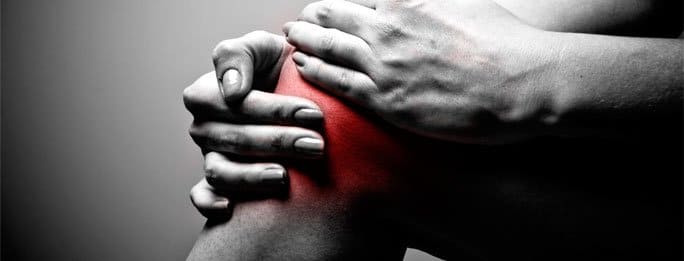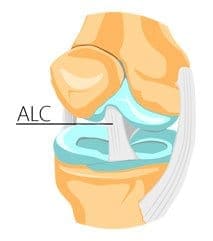There are several key components that must work to ensure a successful recovery after an ACL injury; which include the following:
- Having a knowledgeable and motivated patient.
- Being cared for by a surgeon experienced in this field.
- Being cared for by a physical therapist who is aware of the unique needs of an ACL patient.
This is not a simple procedure and the success is hugely based on the surgeon’s attention to detail. Yet this is not the only thing needed for a successful recovery. A knowledgeable and motivated physical therapist is just as important. Physical therapy following the injury is incredibly important even before the surgery takes place.
There are roughly one hundred thousand ACL tears in the United States each year costing nearly two billion dollars. As this number is only increasing it isn’t clear whether the cause is from more people being involved in rigorous activities or if people are merely more prone to day lives.
Whatever the reason may be, this increase means that orthopedic surgeons will be busier than they ever have been doing reconstruction surgeries. Not to injure themselves in the same way again than athletes who have not received any injuries.
With this being said here are a few key things more people should understand when they are considering rehab choices following an ACL injury.
Research shows that a mere ten tory injury prevention program soccer teams saved nearly $8 in recovery cost for every $1 spent in prevention.
In a 2013 study researchers found that patients who participated in rehab before surgery recovered nearly eight weeks faster than those who did not. In addition to outline a recovery plan.
Three essential items included in pre surgery rehab are: symmetrical range of motion to the uninjured side, minimal or no swelling, and excellent control of the muscles in the quad.
It is a good idea to better performance and thus better results.
Choose an experienced surgeon. Roughly eight out of ten orthopedic surgeons perform under ten ACL surgeries a year. Work with a surgeon who knows what he is doing and will perform the surgery in the most efficient way possible. Most importantly, you want a surgeon who listens to recommend.
Just as it is important to research who is good before you make a final decision.
Here are some things to watch for when choosing a physical therapist:
- Does your therapist understand the sport you play? Take the time too easy, it probably is.
- Does your therapist have a specific plan to standard, you are not ready.
- Does your physical therapist take the time to mimic the feel of the sport in a clinical setting.
- Does your therapist communicate with your surgeon? In spite of the common assumption that physical therapists talk to the surgeons, they often do not. The best surgeons and physical therapists communicate with each other in a strong and effective way that makes recovery smooth and easy for the patient. Do not make the mistake of assuming that just because they work in the same building they communicate. They run two individual professions and are often focused on their own line of work.
Seven out of ten ACL injuries are non-contact injuries. This means that the cause of injury is likely from your own movement and not an external factoo hard so you don’t end up right back where you started. Rehab is a slow process, not a quick fix. But if you take your time and recover properly, you will be an even better version of you when you reach the end.

























































